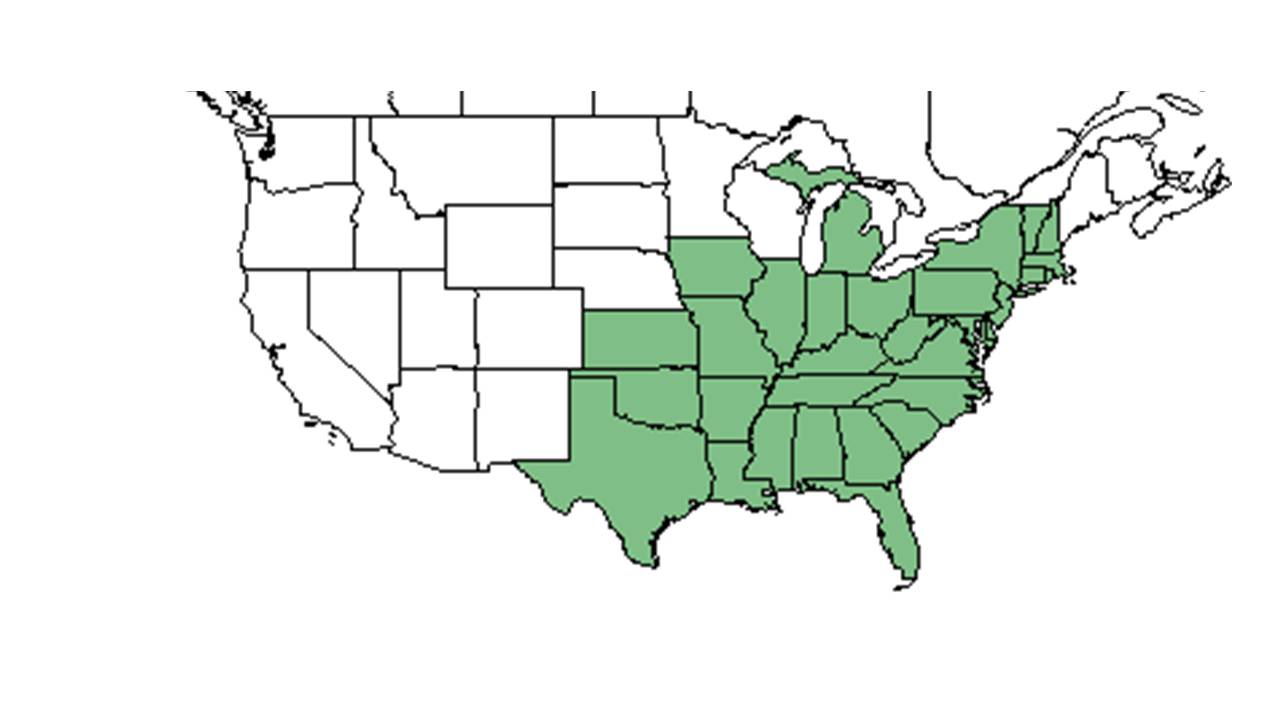Digitaria filiformis
| Digitaria filiformis | |
|---|---|

| |
| Scientific classification | |
| Kingdom: | Plantae |
| Division: | Magnoliophyta - Flowering plants |
| Class: | Liliopsida – Monocotyledons |
| Order: | Cyperales |
| Family: | Poaceae ⁄ Gramineae |
| Genus: | Digitaria |
| Species: | D. filiformis |
| Binomial name | |
| Digitaria filiformis (L.) Koeler | |

| |
| Natural range of Digitaria filiformis from USDA NRCS Plants Database. | |
Contents
Description
Common Name: slender crabgrass
Distribution
Ecology
Habitat
“The Kansas-Nebraska Drift Loess Hills have narrow, gently rolling divides with moderately steep slopes occasionally broken by rough, strong bedrock outcrops. Major soils are friable dark granular loams, slit loams, and silty clay loams over coarse lighter colored friable subsoils (Fly 1946). Native vegetation is dominated by bluestems (Andropogon scoparius and A. gerardi) with hardwoods covering lowlands, slopes, draws and steep hillsides. A transitionalrea exists in the southeast corner of this section where bluestem prairie joins the oak-hickory (Carya spp.-Quercus spp.) forest of the Missouri River (Kuchler 1964)."[1] Digitaria filiformis was vouchered on an outcrop habitat on Panola Mountain located within Henry-Rockdale county line, southeast of Atlanta, Georgia.[2] Digitaria filiformis found occasionally in mesic flatwoods in Hillsborough County, Florida.[3] “…upland, sandhill areas on droughty, infertile entisols and ultisols with loamy sand to sandy loam surface horizons.”[4]
Phenology
Seed dispersal
Seed bank and germination
Fire ecology
Pollination
Use by animals
White-tailed deer stomach contents, in Kansas-Nebraska Drift Loess Hills, included Digitaria filiformis year-round.[1]
Diseases and parasites
Conservation and Management
Cultivation and restoration
Photo Gallery
References and notes
- ↑ 1.0 1.1 Watt, P. G., G.L. Miller, and R.J. Robel (1967). "Food Habits of White-tailed Deer in Northeastern Kansas." Transactions of the Kansas Academy of Science 70(2): 223-240.
- ↑ Bostick, P. E. (1971). "Vascular Plants of Panola Mountian, Georgia " Castanea 46(3): 194-209.
- ↑ Myers, J. H., and Richard P. Wunderlin (2003). "Vascular Flora of Little Manatee River State Park, Hillsborough County, Florida." Castanea 68(1): 56-74.
- ↑ Archer, J. K., D. L. Miller, et al. (2007). "Changes in understory vegetation and soil characteristics following silvicultural activities in a southeastern mixed pine forest." Journal of the Torrey Botanical Society 134: 489-504.